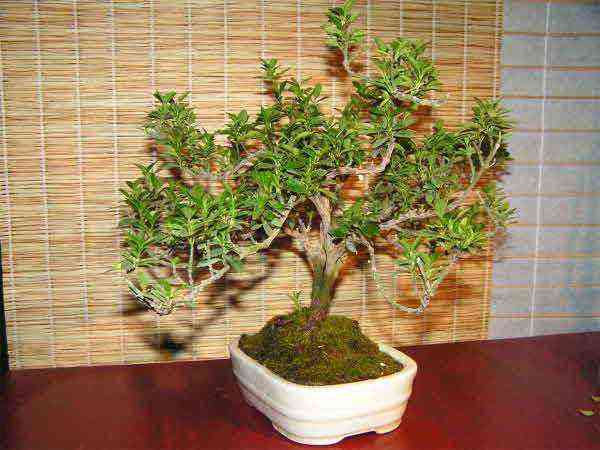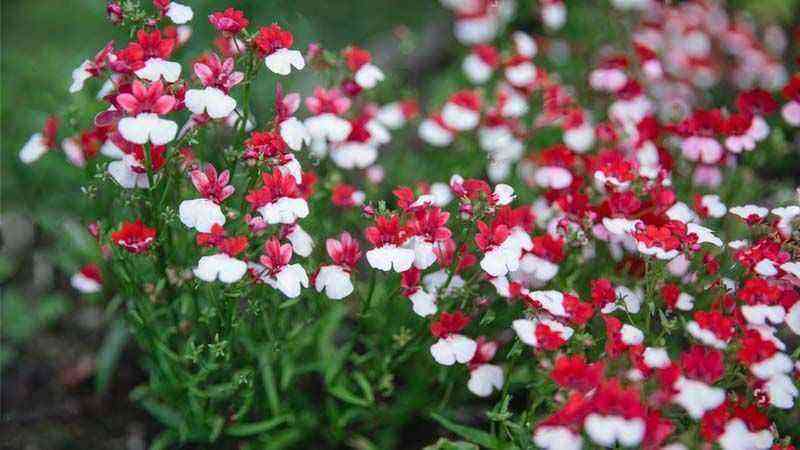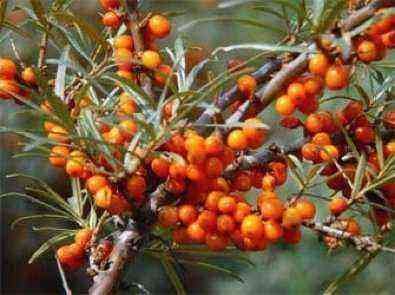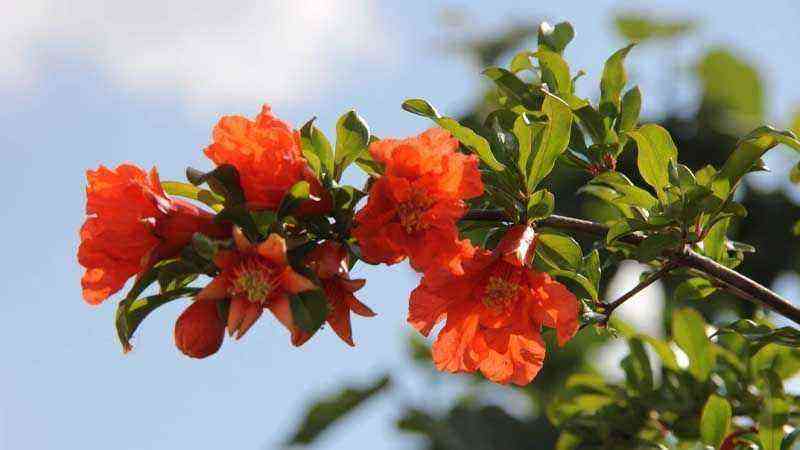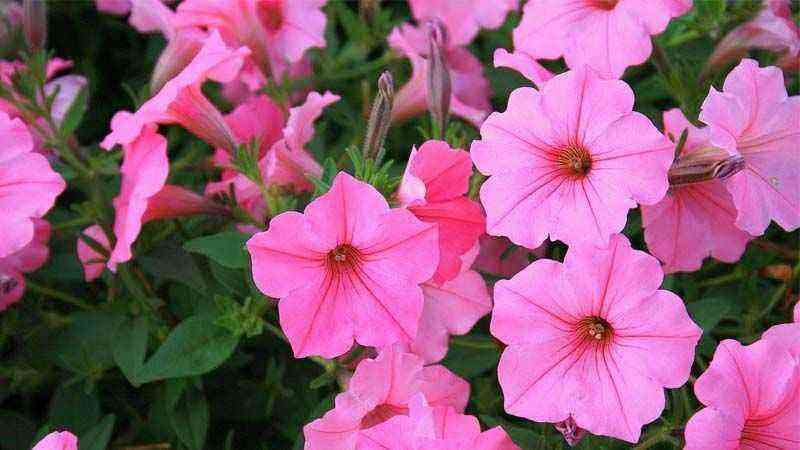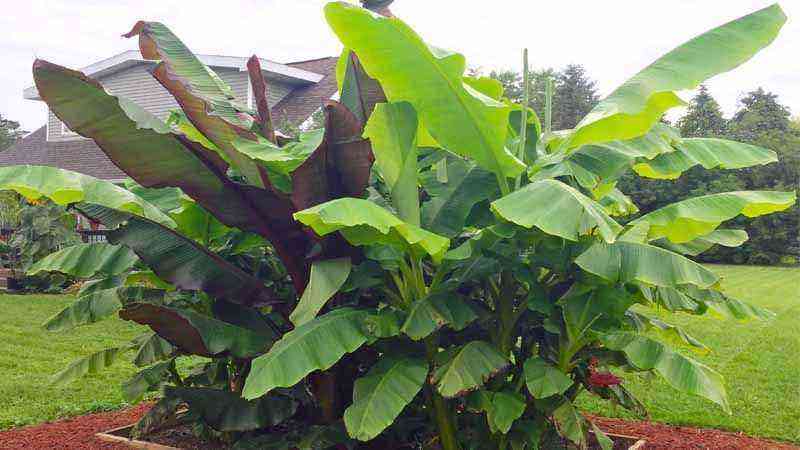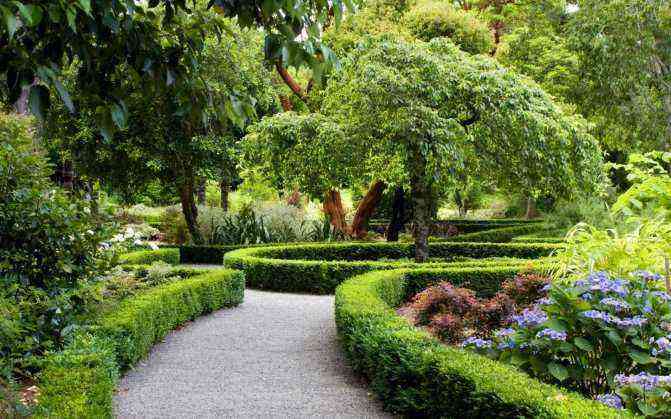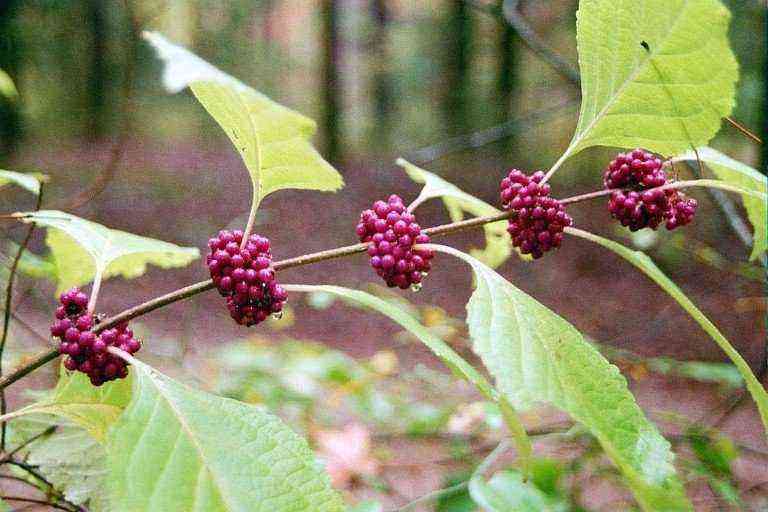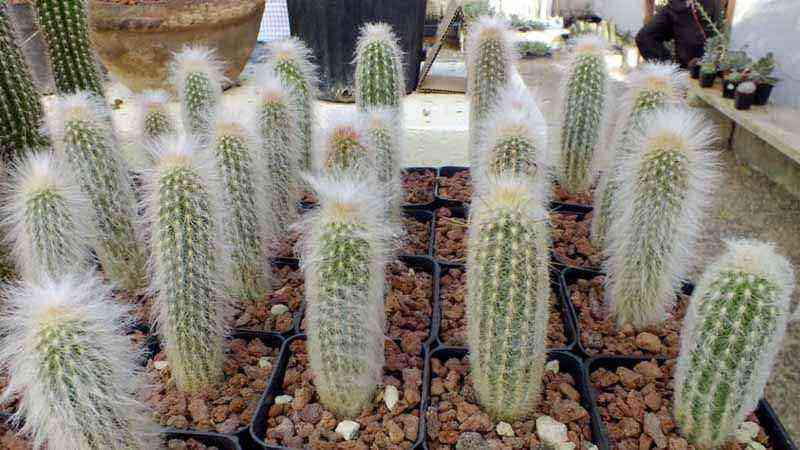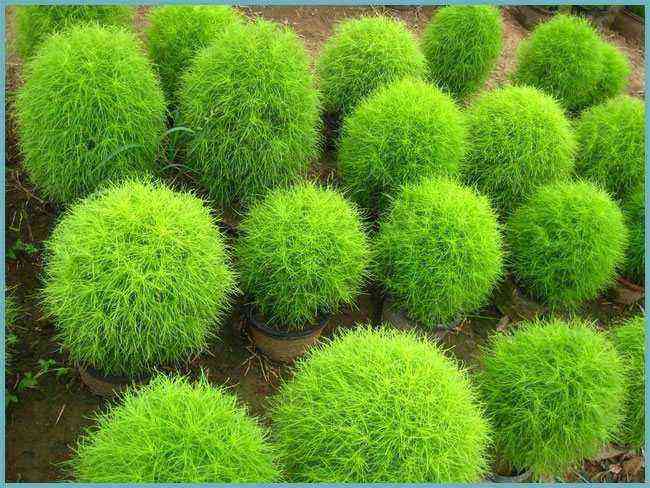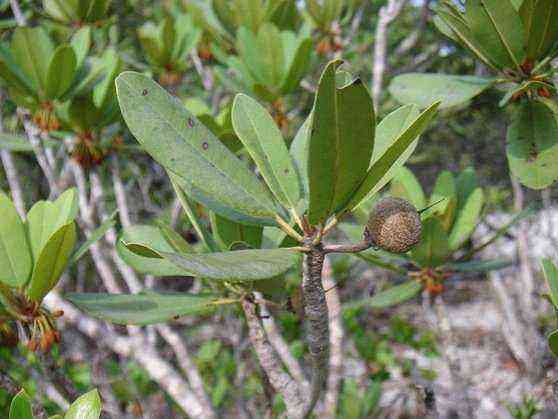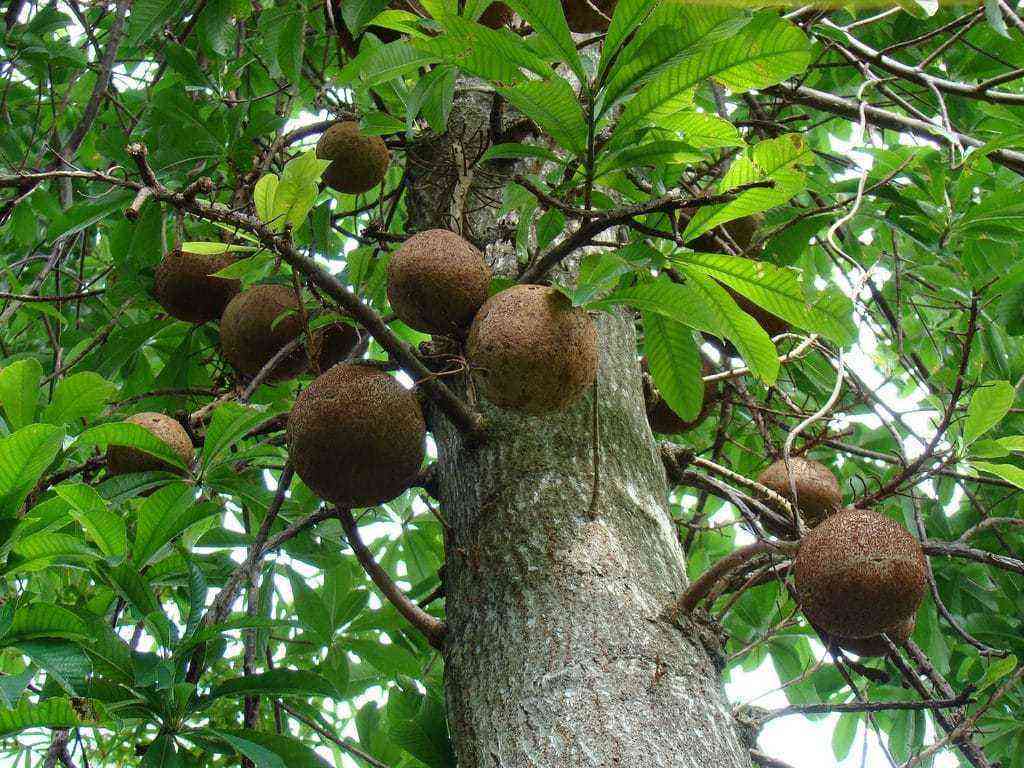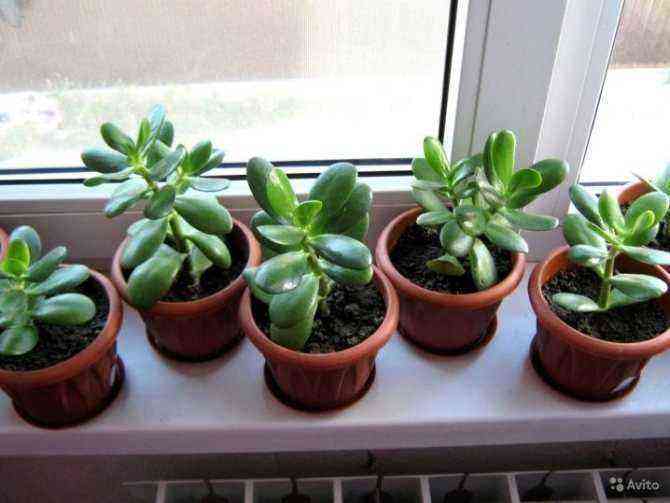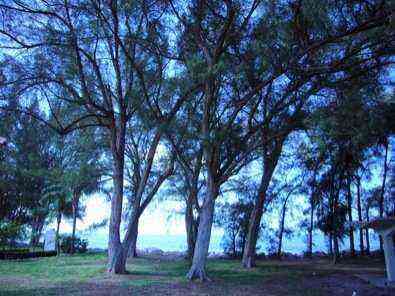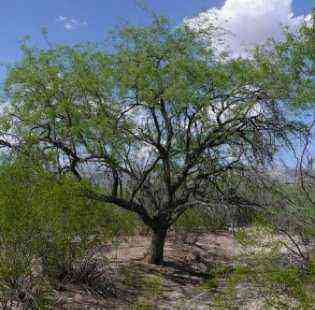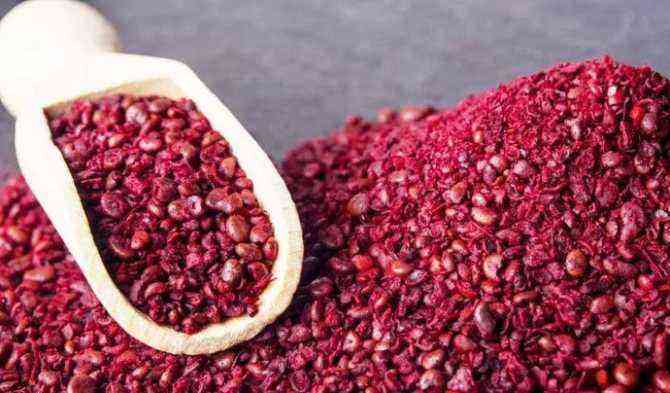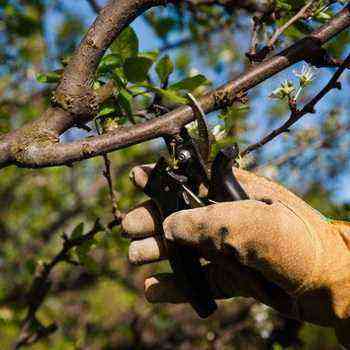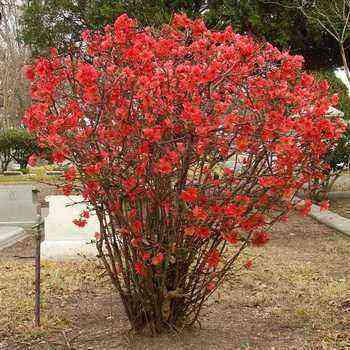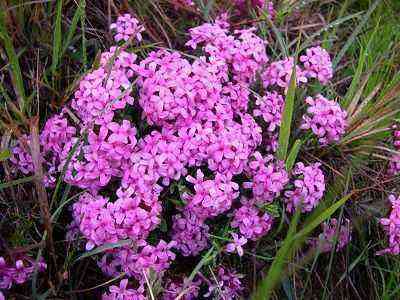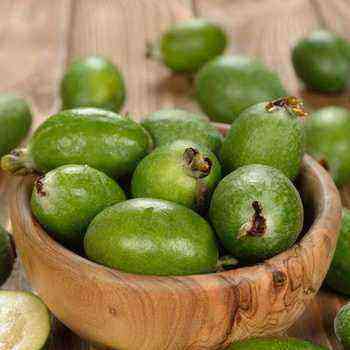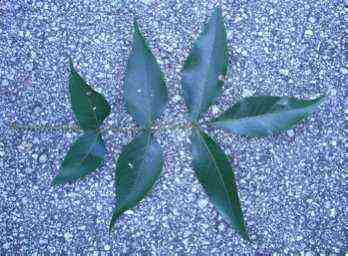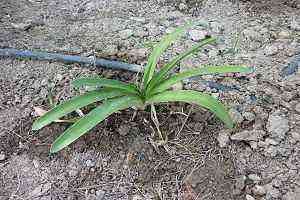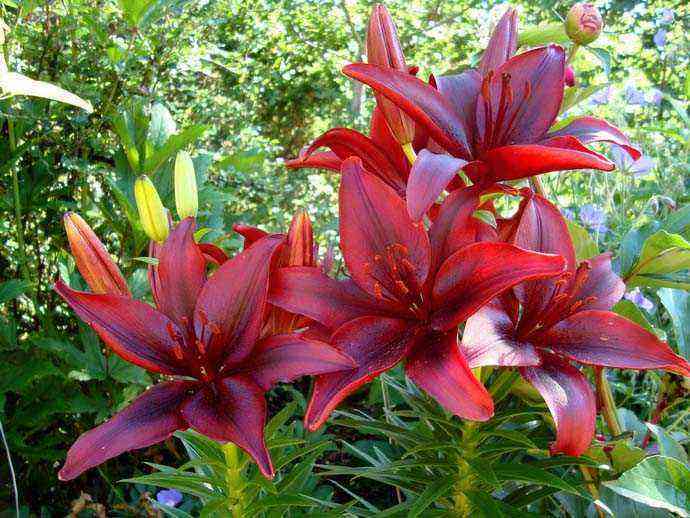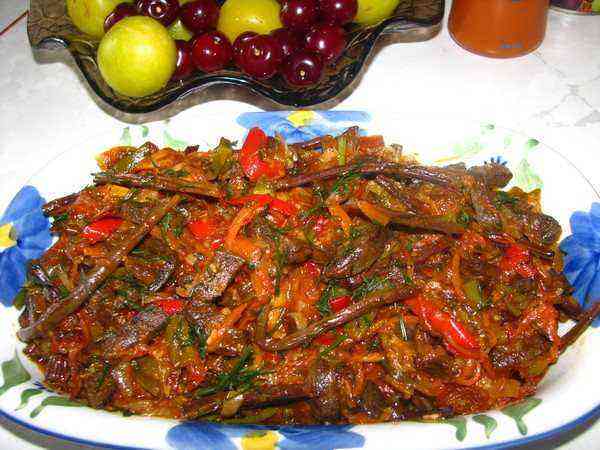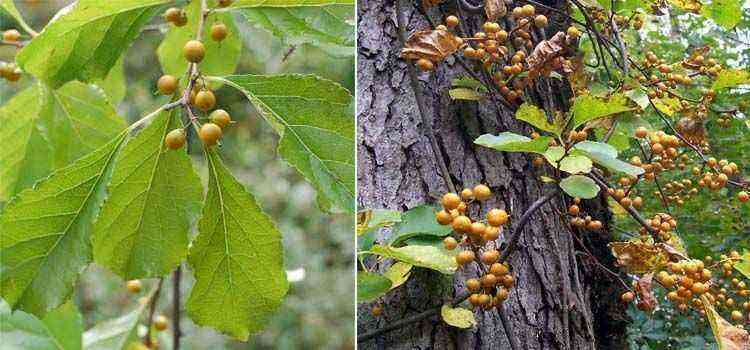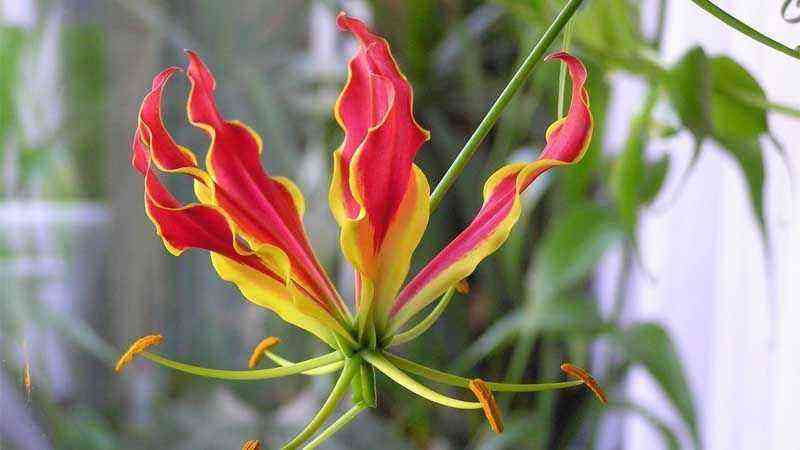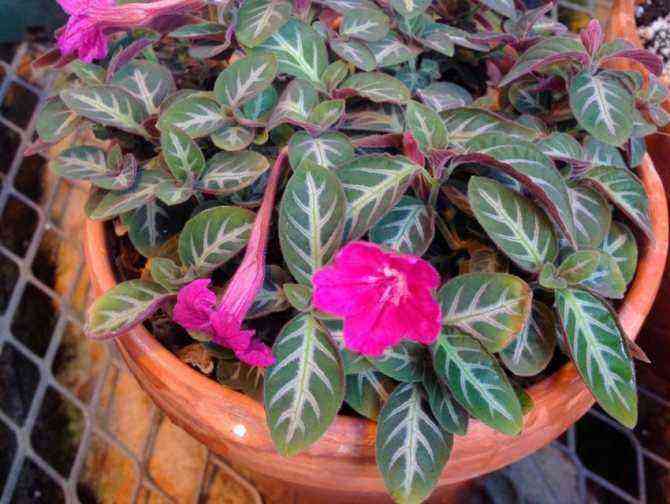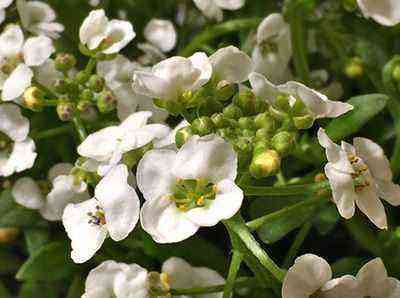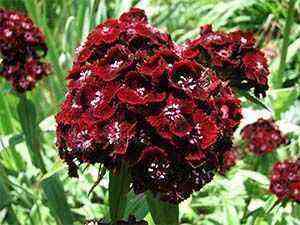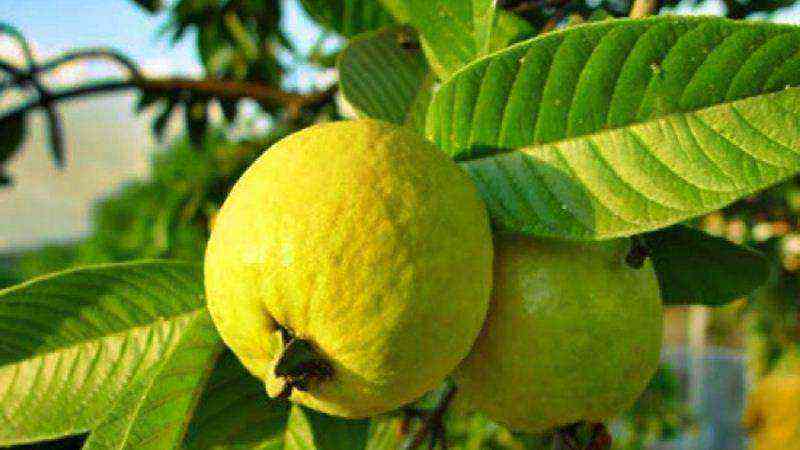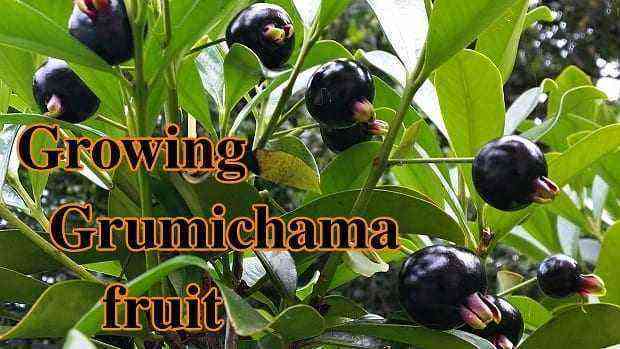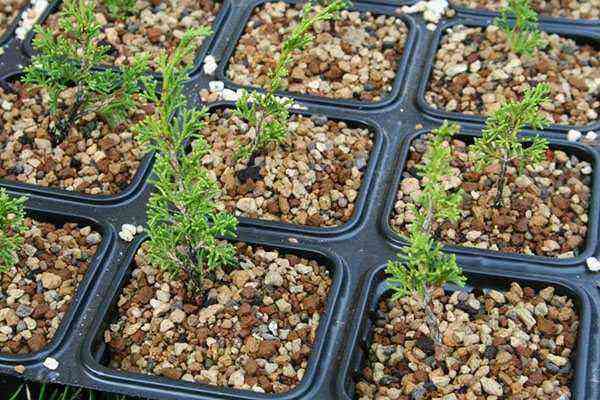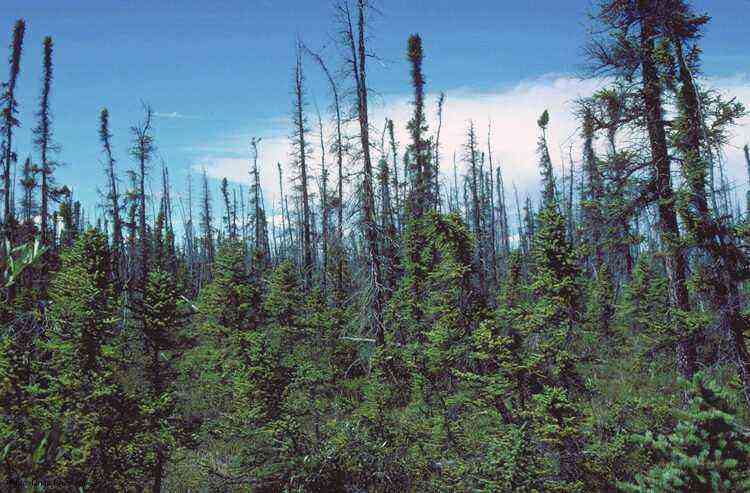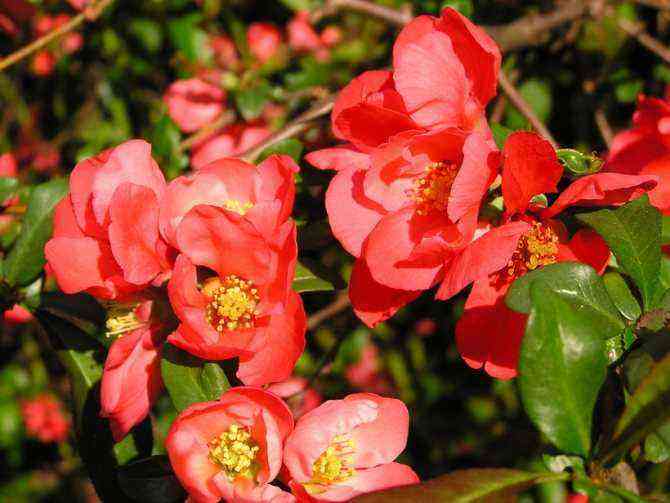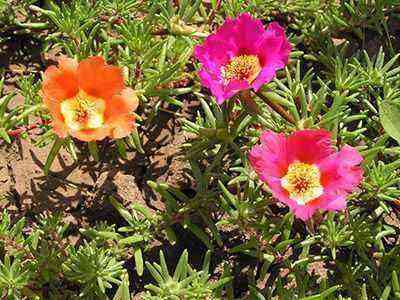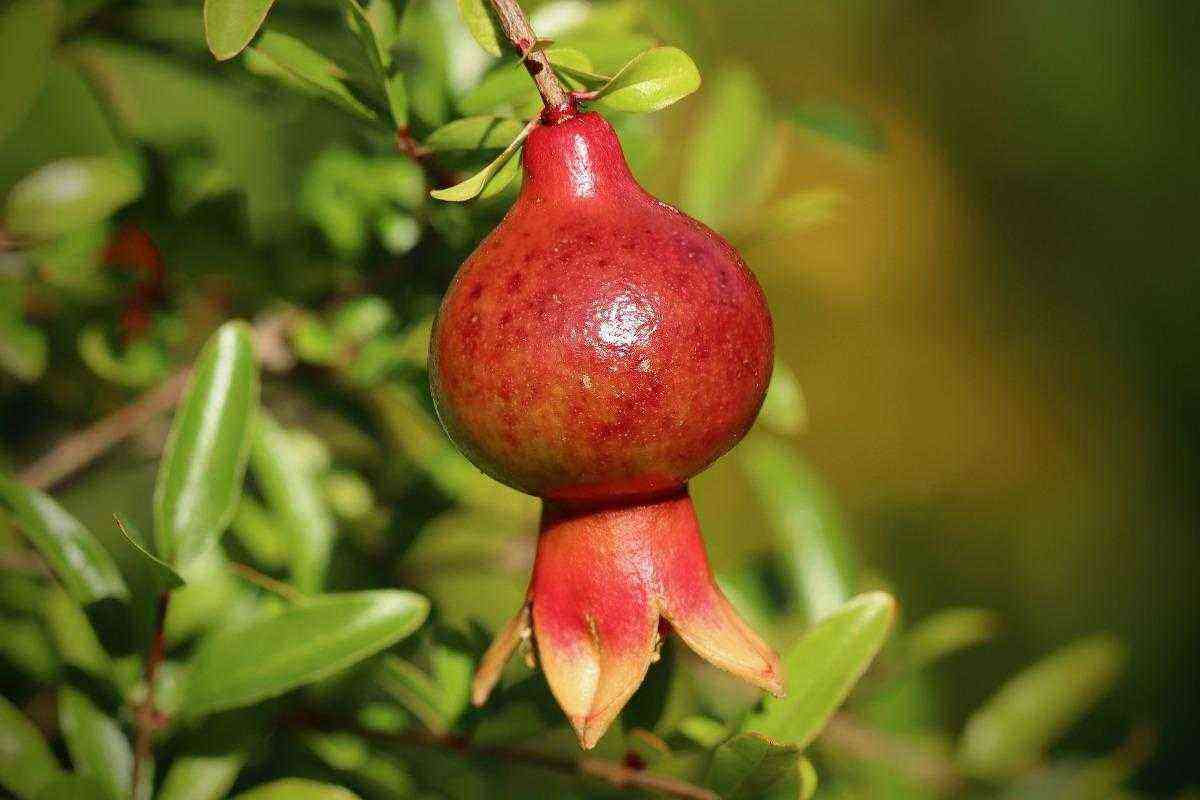Requirements of plants to the sun
It is extremely important to get acquainted with the requirements of those plants that need to be planted.
You need to realize that different varieties of the same species may have completely different requirements. One of the most important is the lighting requirements. There are light-loving plants that grow poorly in cold shady places. especially changing lighting conditions near buildings. Plants that grow near the wall on the south side, where it is much warmer and drier than on the north side, where the plants receive more moisture and often full shade, are completely differently lit and moisturized. The most noticeable this difference is growing directly on the wall of the vine.
Choosing the right place to plant plants, and vice versa – the selection of plants for the planned place – the first and most important step towards successful cultivation.
News:
Date of article: 04.03.2007
Family: Бересклетовых (Celastraceae).
Homeland: Eurasia.
Bloom: rarely in culture.
Growth: average.
Shine: intense diffused light with some direct sunlight. They can grow in partial shade, but variegated forms turn green with a lack of light.
Temperature: moderate in summer (18-20 ° С), in winter not higher than 12 ° С, optimal 6-8 ° С.
Watering: plentiful in summer, in winter, watering is reduced, making sure that the substrate is not very waterlogged.
Air humidity: medium, spraying is useful.
Top dressing: from spring to autumn once a week with mineral and organic fertilizers, during the dormant period they are not fed.
Trimming: in spring, pinching young shoots, thickening and weak shoots are cut out as necessary.
Rest period: (October – February), the optimum temperature is 6-8 ° C, not higher than 12 ° C, watering is regular, do not feed.
Transfer: in spring, young annually, adults as needed every 2-3 years.
Reproduction: seeds, apical cuttings in spring through summer.
Euonymus L., a genus of deciduous and evergreen shrubs or small trees of the euonymus family, includes, according to various sources, from 170 to 200 plant species, most of which are almost half in southwestern China. In nature, they can reach 5-7 meters in height, with simple, mostly opposite, petioled, oval leaves. Leaves can be both green and variegated. Flowers are bisexual, 4-5-membered, in complex or simple semi-umbels, occasionally single. The pink fruit-boxes of this plant are very beautiful. The fruit is a leathery 4-5-celled capsule. The seeds are surrounded by a brightly colored seed plant (arillus).
Almost all euonymus are poisonous. There are about 20 species in the forests of Russia. The greatest practical value (as gutta-percha plants) are warty euonymus and European euonymus growing in the European part of Russia; the bark of the stems and especially the roots contains gutta-percha.
Euonymus is used in medicine. The bark, branches, leaves and seeds are used as medicinal raw materials. Euonymus has antimicrobial, antihelminthic, insecticidal, diuretic, laxative, expectorant and antiparasitic action.
Euonymus are unpretentious, shade-tolerant. They prefer good breathable humus, neutral or slightly alkaline soils. City conditions, pruning and transplanting are well tolerated. They are actively used as ornamental shrubs in gardens and parks. In indoor floriculture, several types are used.
Euonymus are plants whose beauty is not in flowers. In artificial conditions, these plants almost never bloom. The beauty of euonymus is in their crown. But how beautiful it will be depends only on the people who grow the plant. With proper care, you can get a very dense crown of an interesting shape.
Variegated varieties of euonymus are quite common. Their leaf plates are decorated with stripes and spots of white or golden yellow color.
They are actively used as ornamental shrubs in gardens and parks. Euonymus can be used for landscaping cool rooms, including industrial hallways and corridors. In compositions, it goes well with pittosporum, fatshedera, hibiscus.
Views:
Warty euonymus (Euonymus verrucosus Scop.). Homeland – temperate latitudes of Eurasia. Shrub up to 3,5 m high, less often a small tree up to 6 m high. Young shoots are green, covered with black-brown warts. Flowers on long peduncles. Blooms in May – June. The capsule is 4-lobed, pink-red when mature. Seeds are black or gray, half covered with bright red or pinkish-orange seedlings. The fruits ripen in August – September.
European spindle tree (Euonymus europaeus L.). Homeland – Europe. A shrub or tree up to 7 m high. Cork growths on the branches are characteristic, giving them a 4-sided shape. Flowers with green petals on short peduncles. Blooms in May – June. The fruits ripen in September – October. The capsules are pink, the seeds are white, black or bright red, completely covered by the seed plant. Drought-resistant.
Dwarf spindle tree (Euonymus nanus M. Bieb.). Found as – Euonymus nana. Homeland – temperate regions of Eurasia. Shoots are vertical, reaching 1 meter in height. Leaves 1-4 cm long, narrow-lanceolate, rarely finely toothed. Fruits are pale yellow-greenish capsules, ripen in August-September. Shade-loving. Propagated by seeds, cuttings, layering, dividing bushes.
Бересклет крылатый (Euonymus alatus (Thunb.) Siebold), occurs as E. tools, or how Sacred eonymus (Euonymus sacrosanctus Koidz.). By English-speaking taxonomy Sacred eonymus (E. sacrosanctus Koidz.) is synonymous with Winged euonymus diff. pubescens (Euonymus alatus var.pubescens Maxim.). At home – the Far East – bush up to 2 meters high. In the middle lane – up to 1 meter, but sometimes higher. Young branches are green, round-tetrahedral, with longitudinal brownish cork wings up to 0,5 cm wide. Decorative fruits are dark red 4-membered capsules. The autumn color of the leaves is bright red. Shade tolerant.
Semenov’s euonymus (Euonymus semenovii Regel & Herder). Homeland – the mountains of Central Asia, where it grows under the canopy of the forest. Shrub up to 1 meter high, often spreading. Leaves are leathery, yellowish-green, with short petioles, ovate-lanceolate in shape, 1,5-6 cm long and 0,5-2 cm wide. The flowers are small, dark purple, with greenish edges of the petals, collected in small umbrellas at the edges of the branches. Blooms in July; bears fruit in August. Shade tolerant. Winter-hardy. Prefers shady places with moderate humidity. Propagated by seeds.
Fortune’s spindle tree (Euonymus fortunei (Turcz.) Hand.-Mazz.). Homeland – China Creeping shrub 30-60 cm tall, with long, up to three meters, branches. Branches take root at the nodes, climb onto the support, if there is one. Leaves are small, elliptical, pointed, leathery, up to 2-6 cm long. Drought-resistant. Gas resistant. Prefers loose, fertilized soils. The most frost-resistant of evergreen euonymus. Prefers partial shade, but withstands the open sun, although it grows worse. There are many decorative shapes.
Among them: ‘Emerald in Gold’ – young foliage has a bright yellow edging, which becomes light green with age, and red-brown in winter. It is permissible to grow this type of euonymus in room conditions, if it is possible to provide it with a cold wintering. In the conditions of the middle lane in the open air, it is advisable to grow in a container form, to clean it in unheated rooms for the winter, or to provide a good shelter for plantings.
Japanese spindle tree (Euonymus japonicus Thunb.). Synonym – Pseudolaur… Homeland – Japan. In the Moscow region – a shrub up to 0,5 meters high, in nature and in the south – a shrub or liana up to 7 m.The leaves are obovate, less often narrowly elliptical, 3-8 cm long, leathery, dark green, sometimes shiny from above, naked on both sides. The top of the leaf is blunt or rounded. Blossoms in June, flowers are yellowish-green up to 1 cm, 10-30 in umbrella inflorescences. Delivers partial shade. Resistant to air pollution. This species is used in indoor culture. Suitable plant for a bright unheated room. In a room with central heating, he might drop leaves in winter. There are many decorative shapes.
Sometimes in indoor floriculture it is found Rooting euonymus (Euoaymus radicans Siebold ex Miq.), with creeping shoots in need of support. There are forms with green and variegated white-green leaves.
Care of the plant:
For growing in our apartments, they mainly use one type of these plants – Japanese euonymus. This is explained mainly by the need to ensure a fairly low temperature for the rest of the species in winter. In addition, one should take into account the high demand of these plants for a large amount of light throughout the year. And the size of most types of euonymus is too large for living quarters. Such a set of requirements for living conditions can be explained very simply – these are plants that naturally live where there is a lot of light, but it is never hot.
Japanese euonymus is a rather unpretentious subtropical plant. For the summer, they can decorate a balcony or garden. Light-loving spindle trees, they are suitable for intense diffused light with some direct sunlight. They can grow in partial shade, but variegated forms turn green with a lack of light.
The plant does not tolerate extreme heat, so it will grow better in a cool room, where the temperature in summer does not exceed 25 ° C. In winter, like other subtropical crops, it is advisable to keep euonymus at a temperature of 6-8 ° C, not higher than 12 ° C, otherwise the plant may shed its leaves.
Watering in the spring-summer period is plentiful, between waterings the top layer of the earth should. In the autumn-winter period, watered moderately and carefully, especially during cold wintering. Watered with well-settled water, and without excessive waterlogging of the soil.
Air humidity does not play a special role, but spraying has a positive effect on the condition of the plant. But it is better to use boiled water for this purpose, containing less dissolved salts, the sediment of which causes rapid contamination of the leaves. You can wash the plant under the shower, but if the plant is large, then by frequent spraying.
During the growing season, it is necessary to carry out cleansing pruning from weak and thickening shoots. In spring, young shoots are pinched for more intensive branching. Also, over time, you can form a plant to your liking, either as a standard tree or a plant with several trunks. With proper care, you can get a very dense crown of an interesting shape. Both are obtained as a result of correct and timely pruning of branches, which always stimulates the development of dormant buds and the formation of a large number of young shoots from them. The choice of crown shape depends entirely on the taste of the owners. Plants with a large number of large skeletal branches, starting from the lowest part of the trunk, and grown in the so-called “standard” form, can look equally beautiful. In the latter case, the plants have absolutely no branches at the bottom. They are simply constantly removed. Upon reaching a certain height, intensive and frequent pruning is done, which leads to the formation of a dense, most often spherical crown. Although, if desired and skill, you can get the shape of a cone or ellipse.
Plants are transplanted as needed, young annually, adults after 2-4 years.
The substrate for adult specimens is made up of turf, leafy, humus soil and sand (2: 1: 1: 1) or from turf, peat and sand (3: 0,5: 1).
Propagated by seeds, green cuttings and dividing the bush.
When seeds multiply, they are stratified before planting at 2-3 ° C for 3-4 months, until a strong seed coat bursts in 70-80% of the seeds. Then the seeds are cleaned from seedlings and pickled in a 0,5% solution of potassium permanganate. Seeds are stratified in coarse calcined sand or poorly decomposed moist sphagnum peat in a ratio of 1: 2. The mixture for sowing seeds consists of leaf, turf, humus soil and sand (4: 1: 2: 1).
When propagated by green cuttings, they are cut in June-July from young elastic shoots. Cutting length 4-6 cm, usually with one internode. Rooted in the following substrate: the bottom layer is sand, on top is a layer of a fertile mixture of leaf, turf, humus earth and sand (4: 2: 1: 1: 0,5). Rooting occurs in 1,5-2 months.
Possible difficulties:
If the cultivation conditions are not observed, the spindle tree shows signs of non-infectious diseases.
Leaves fade, tips dry out, edges curl up in too bright light. Waterlogging of the soil leads to the shedding of the lower leaves and the suspension of growth.
Higher temperatures and low humidity in winter can lead to shedding of leaves.
Damaged: aphids, mealybugs, fungal diseases.
Article author: Marina Mityaeva
Discuss the article and leave on the forum
We propagate the Euonymus
The following materials were used in the article:
Garnizonenko T.S. Woody houseplants. Encyclopedia / Series “The World of Flowers and Plants”. – Rostov n / a: Phoenix, 2002 .– 384s.: Ill.
Evergreen plants
The place for evergreen deciduous and coniferous plants should be chosen especially carefully. They need warm places, protected from frosty winter winds, and fertile, non-fertile soil. It should also be borne in mind that when planting a garden in an open sunny area, at least at the first stage of its implementation it is necessary to limit the planting of these sensitive plants. You should wait until the fast-growing and unpretentious plants create a quiet and warm place. In almost any garden, even a small one that has existed for several years, you can find a place with conditions suitable for different plants.
Japanese spindle tree. Home care
- Japanese euonymus can be grown at home in containers. Bonsai is well formed from upright varieties. Dwarf bush evergreen forms also grow well at home.
- For planting, be sure to put a layer of drainage in the container. The soil mixture should consist of 3 parts of sod land, 2 parts of peat (non-acidic) and part of sand.
- In spring and on hot days of summer, Japanese euonymus is watered more abundantly. Water less often in autumn and winter. It is better to use water at room temperature. On dry hot days, you can spray the bushes with a spray bottle, adding moisture to the air.
- In summer, it is advisable to take the euonymus outdoors: to a summer cottage or a balcony.
- Once a week, after watering, a complex top dressing is applied for ornamental deciduous plants. Fertilize euonymus during the growth period: in spring to autumn, during the dormant period – stop.
- It is advisable to replant a young plant annually. From the 4th year, the transplant is done every 2-4 years.
- At home, Japanese euonymus may need additional lighting.
- This is a rather unpretentious plant. Japanese euonymus easily tolerates a haircut or spring pinching of shoots. This stimulates the growth of new shoots, and allows the formation of a denser crown. Pruning of damaged leaves and shoots is carried out regularly. You can rejuvenate the bush by pruning old shoots.
- The plant needs a dormant period. In winter, euonymus is transferred to a room with a temperature regime of about 10-15 degrees.
- The main pests at home are spider mites and thrips. For the fight, fitoverm (actofit) or actellic is used.
Description
In the wild nature, this shrub can grow up to 4 m, indoor species do not exceed 1-1,5 m… The dense crown is formed from not large (6-8 cm), smooth, oblong leaves with small serrations along the edges. The shade can be different: light green, white, yellow. Deciduous species change the color of the foliage depending on the season: in spring these will be leaves of a juicy green color, which will become a little darker in summer, but autumn will decorate them with more varied colors ─ from bright yellow to purple.


Japanese euonymus (Japan Euonymus) in the open field.
Euonymus blooms in autumn with inconspicuous inflorescences of 10-30 flowers each. After that, boxes of variegated colors are formed, in which the fruits are located. In the wild, they are a real treat for birds. It is they who carry the seeds of the bush along the banks of rivers and forests.
Many euonymus are gutta-perchenos. Most of all, this substance is found in the bark of this plant. Gutta is indispensable for the manufacture of quality insulation materials. Cinnamon oil is extracted from the seeds, and the wood of the bush is often used in the manufacture of footwear.
Important! Euonymus is considered a poisonous plant species.
